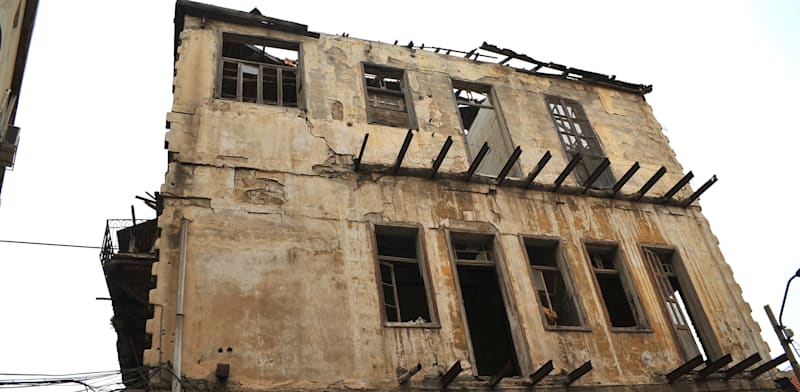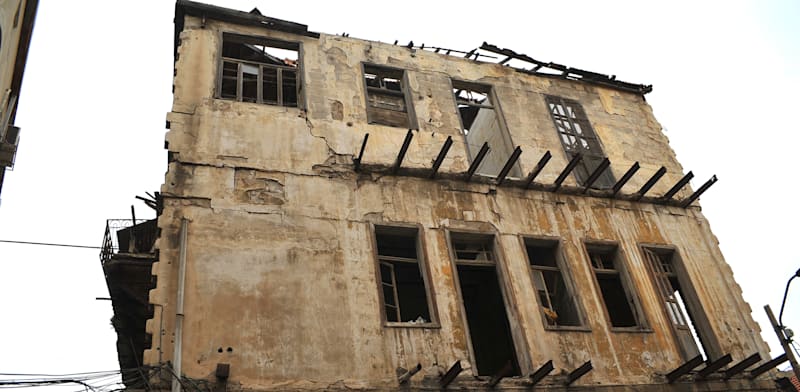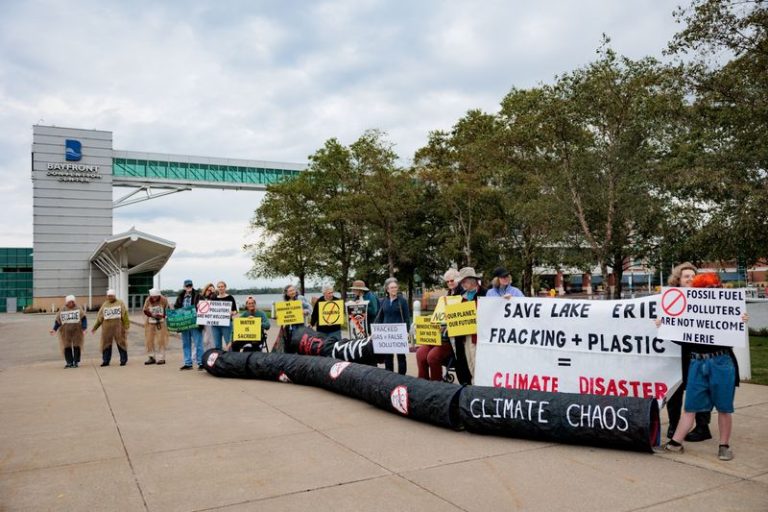
Is it possible to renovate tens of thousands of housing units in Israel in buildings that are mostly dilapidated, abandoned, and uninhabitable? The Haifa Municipality is promoting a first-of-its-kind policy document to reduce the number of abandoned buildings in the city. A survey conducted revealed that there are some 700 abandoned buildings in Haifa, which wastes land resources, scars the urban fabric, the housing market, and costs the municipality NIS 33 million annually in lost taxes.
In November 2024, the National Economic Council conducted a study on buildings that are unfit for use, including residential buildings. It found an estimated 2.5 million square meters in Israel that are defined as unfit for use, most of the buildings in areas of demand.
Exemption from municipal taxes encourages owners not to act
The National Economic Council recommended promoting legislation that would, require property owners to pay municipal taxes, initially partially, and then in full – according to their classification, after three years in which the buildings will be exempted. All this in the hope that their owners will work to renovate and use them.
The Haifa Municipality estimates that there are 700 abandoned buildings in the city, and that they cost the municipality NIS 33 million annually in lost tax revenues. This is according to information that will be revealed at the Future Plans for Haifa and the North conference to be held this week in Haifa.
According to Vitali Dubov Dotan, head of Haifa Municipality’s abandoned buildings unit, the reasons for the abandonment of the buildings are many and range from large renovation costs, disputes between heirs and buildings in unsought-after areas. Added to all this is the exemption from municipal taxes, which encourages owners not to act.
Following the conclusions of the National Economic Council’s report, the municipality decided to promote its first policy document, which will deal with reducing the number of abandoned buildings in the city. The municipality will contact property owners, and encourage them to use them, to assist in promoting plans or building permits, and perhaps connect them with entities that would be interested in purchasing or renting the properties, and providing loans for renovation.
Dubov-Dotan says that when he contacts property owners, he receives a wide variety of responses. “When it comes to a large building owned by a company or corporation, there is already professional and business ability to move things along. When it comes to private apartment owners, they are suspicious and ask me what they would be given in return. Of course, they were not given financial compensation, but professional guidance.” However, the heart of the problem lies, in his opinion, in the fact that there is currently no real lever of pressure, as long as the owners of abandoned buildings are exempt from municipal taxes.
Dan Kaczynski, CEO of the Real Estate Center, which organizes the Haifa and North Future Plans Conference, says, “Haifa is a pioneer in dealing with abandoned buildings and the first to establish a regulated local mechanism for the systematic treatment of this complex phenomenon, and it could serve as a model for other cities to follow in the coming years.”
Published by Globes, Israel business news – en.globes.co.il – on July 1, 2025.
© Copyright of Globes Publisher Itonut (1983) Ltd., 2025.








